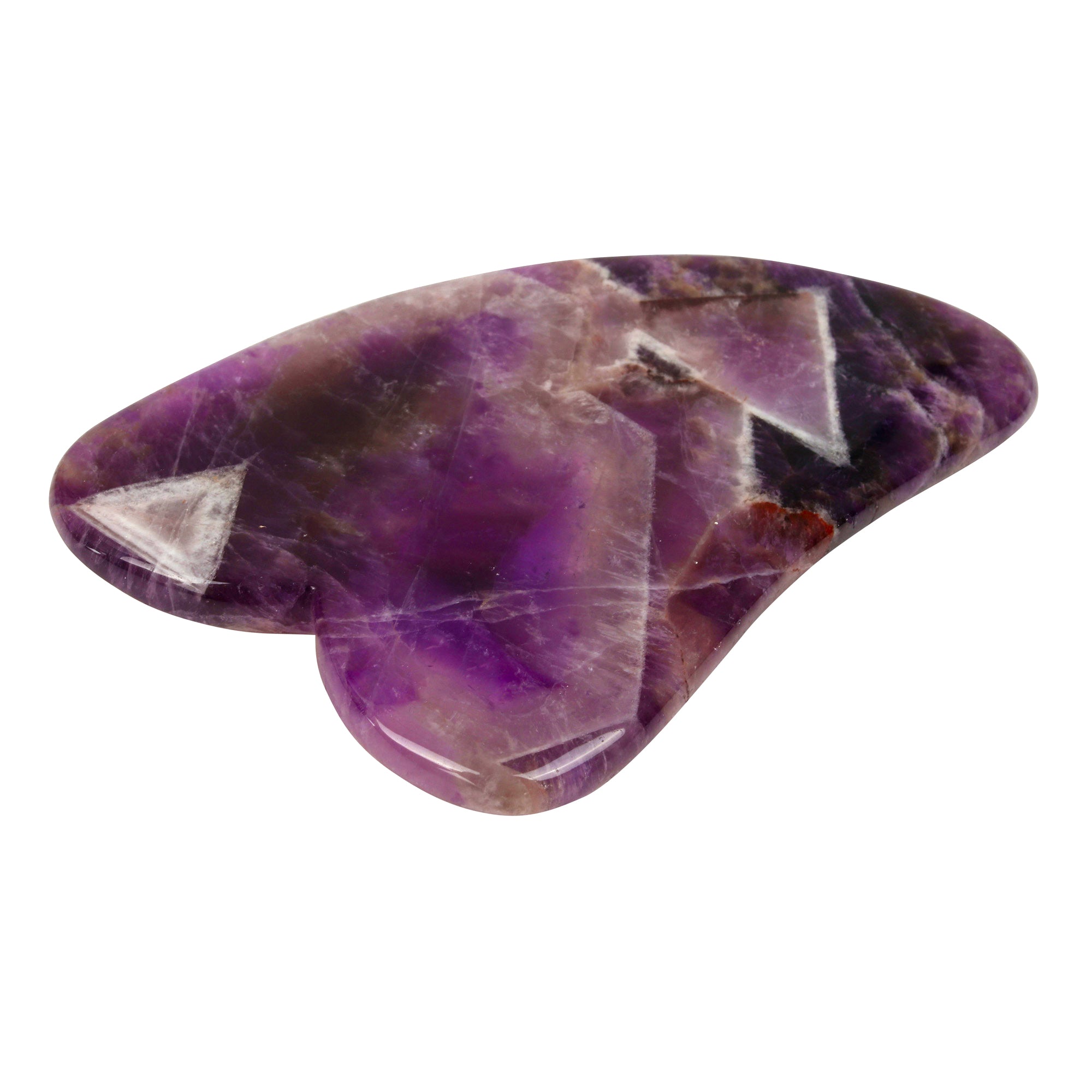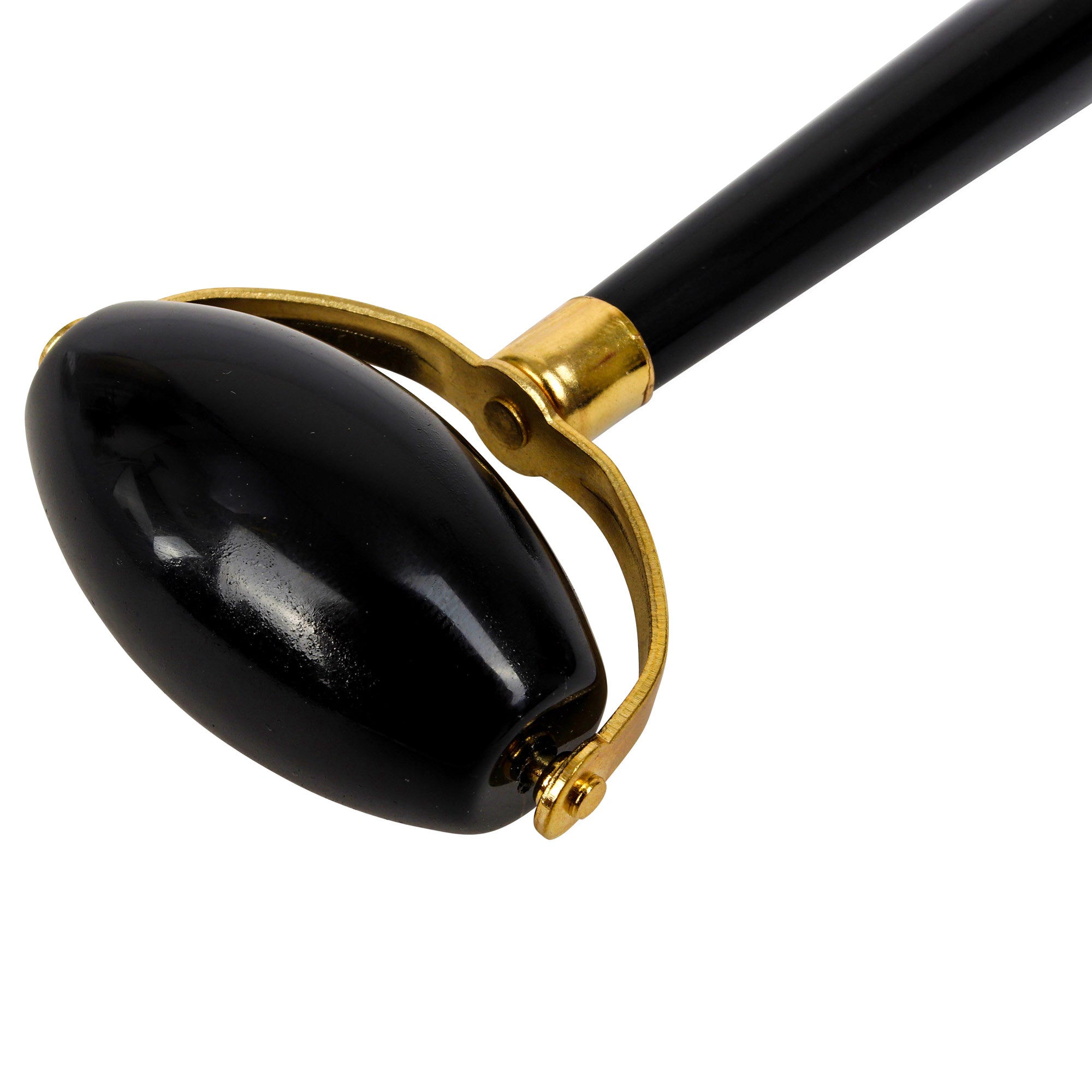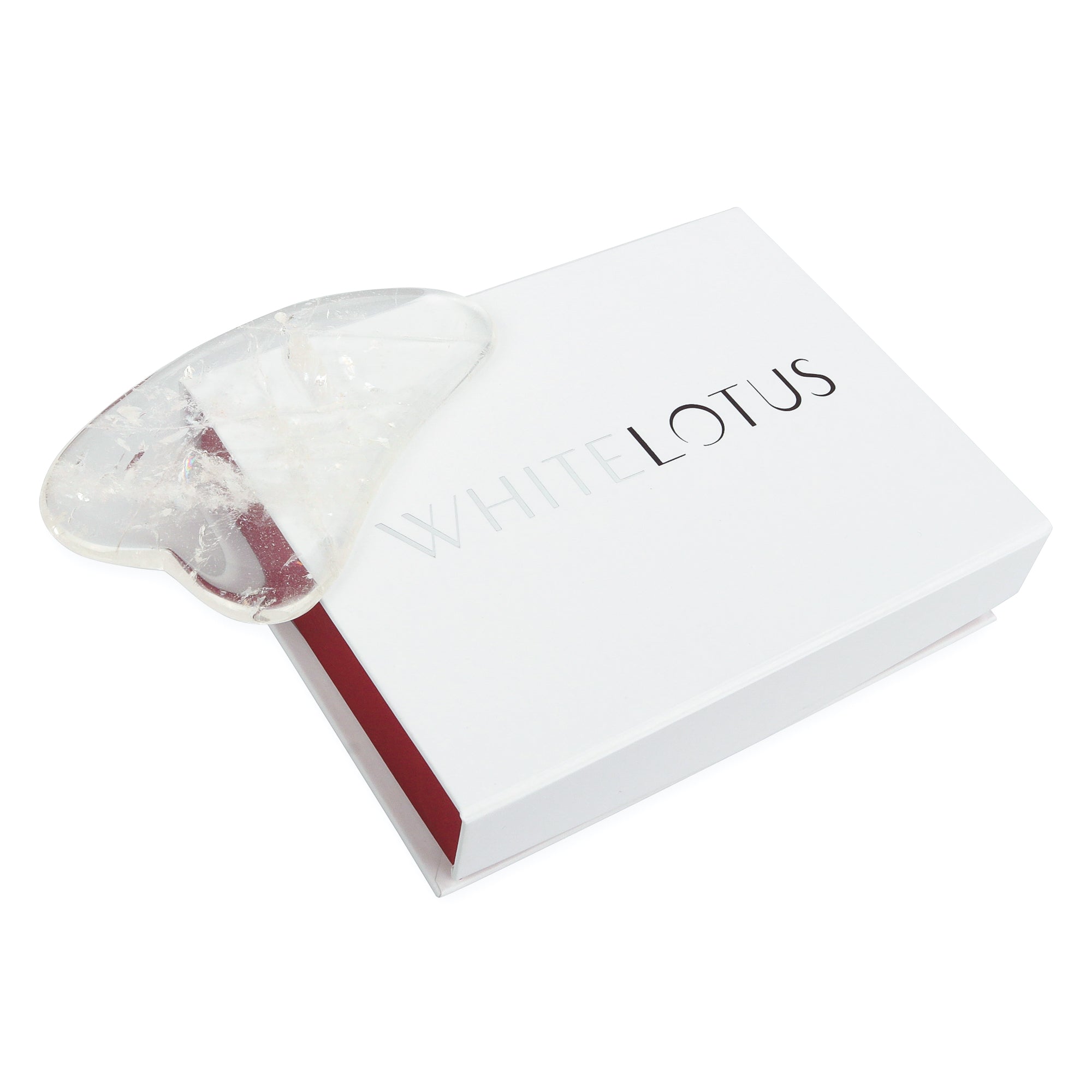
All about Amethyst Crystal
Amethyst, a kind of purple crystal, has some of its finest products from Siberia, parts Sri Lanka, some parts of South America and other eastern nations. The specialists of the gem believe the best pigmentation is something called “deep Siberian”, a multi colored spectrum consisting majorly of a purple tone (75%) and either red or blue, usually determined by the light origin.
A type of silicon based element that rates 7 on the Mohs scale, Amethyst is a very tough gem and not easy to cut. With magnesium present in mineral, amethyst is produced and the color varies depending on the presence of iron.
Once thought to be a cardinal gem in the company of gems like Diamonds, Rubies, Sapphires, and Emeralds, the value of Amethyst regularized after it was discovered in large quantities in Brazil.
Subsequently, following the fall in its prices, Amethysts has been used for other ventures like Gua shas, crystal combs and Rollers.
The origins and myths of Amethyst
In ancient Egypt, Amethyst were commonly used as jewelry but were not widely used until the medieval Greeks. Translated in Medieval Greek as “undrunk”, it was donned in ancient Greece as a means of preventing people from getting drunk (1). In some cases, wine chalices were often made from Amethyst.
In modern times, an heirloom of the belief still lingers as Anglican Bishops don episcopal ring made from Amethyst as a testament to the disciples not being drunk on Pentecost day in the bible (2). Catholic preachers also wore crosses lined with Amethyst to signify soberness and celibacy.
There are no actual Greek myths about the origin of Amethyst but Remy Belleau a French lyrist, sometime before 1577, wrote and created a myth about a god of wine called Bacchus, chasing after a maiden named Amethyste.
The myth details how in a bid to remain celibate, Amethyste prayed to the goddess of celibacy, Diana, who turned her into a white stone to save her from Bacchus. Moved by the sacrifice, Bacchus spilled wine on the stone and turning it to purple eternally.
Amethyst was later used in jewelry and signs to signify the Upper class or royalty by the Ancient Romans. Purple colors were always used to denote Royal citizens in medieval Rome and Amethyst signified wealth, luxury and abundance.
In ancient Feng Shui, connection of Amethyst to abundance is evident in the practice of the belief that the wealth corner of the room should house amethyst, helps circulate more wealth into the household.
Amethyst is also believed to keep a calm head and this belief went on into ancient times when soldiers donned Amethyst necklaces with the hope that they would keep a cool head and it would regenerate and prevent injuries.
Sacred uses of Amethyst that exist till today
The old ideologies about Amethyst are transmitted into modern day Spirituality. Amethyst is consider a solid stone for meditation and healing. The interconnection with the seventh chakra (the head) means it is used to amplify the clarity of the mind when contemplating.
Some people wear Amethyst with the belief that it will help them keep out unnecessary ideas of outsiders help them to be calm and level headed in violent situations.
People believe Amethyst does not need regular cleansing because it’s a very solid protection stone. It is also thought to offer reprieve from strain and worry thanks to its ability to amplify clearness of the mind.
It is also believed to help relieve employment associated strain that could be hindering progress, thanks to its relation to Abundance and prosperity.
Amethyst is usually recommended by spiritualists to help keep a calm mind as well as progress in employment matters requiring well thought out as well as strategic decision making linking the ideologies relating to protecting, focus the head and invite success.
Amethyst Combs, Amethyst Gua Sha and Amethyst Rollers
Amethyst is a very tough gem and not easy to cut, it costs more to cut than quartz or jade. Its frail composition leads to easy breakage and makes for more expensive cutting costs. Thus, those who produce Amethyst jewels, alter the chemical composition, as it saves cost.
This treatment alters the composition of Amethyst and thus, removes any spiritual properties that a person could hope to attain from an Amethyst jewelry.
We recommend that you buy Amethyst beauty products if you want any change listed above instead of other gems, especially if you like multi-colored gems.
The best rollers are well created and can last a lifetime, thus you will likely be see them over a long time. It is best to purchase one that you like and will enjoy using. When you use something like this, you should love to, not because you have to and you anticipate using probably as a meditational instrument. Since Amethyst crystal are relaxing, unlike other crystals will make enjoying its use very easy.
Learn More About
Amethyst Crystal Rollers
Amethyst Crystal Gua Sha
Amethyst Crystal Combs
References
1. Rudler, Frederick William (1911). "Amethyst" . In Chisholm, Hugh (ed.). Encyclopædia Britannica. 1 (11th ed.). Cambridge University Press. p. 852.
2. Bays, P. (2012). This Anglican Church of Ours. Woodlake Book. p. 136.
3. George Frederick Kunz (1913), Curious Lore of Precious Stones, Lippincott Company, Philadelphia & London, p. 77



